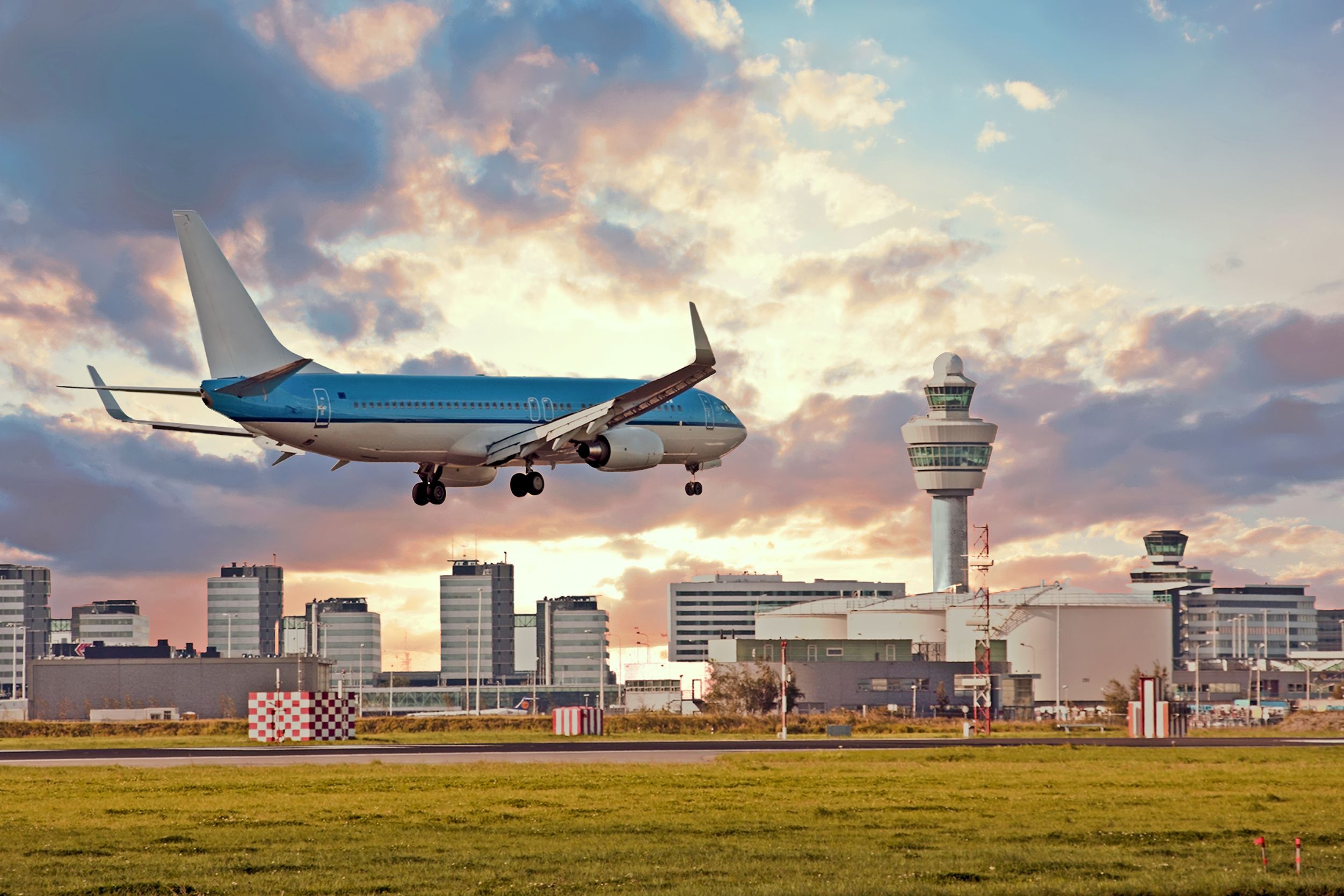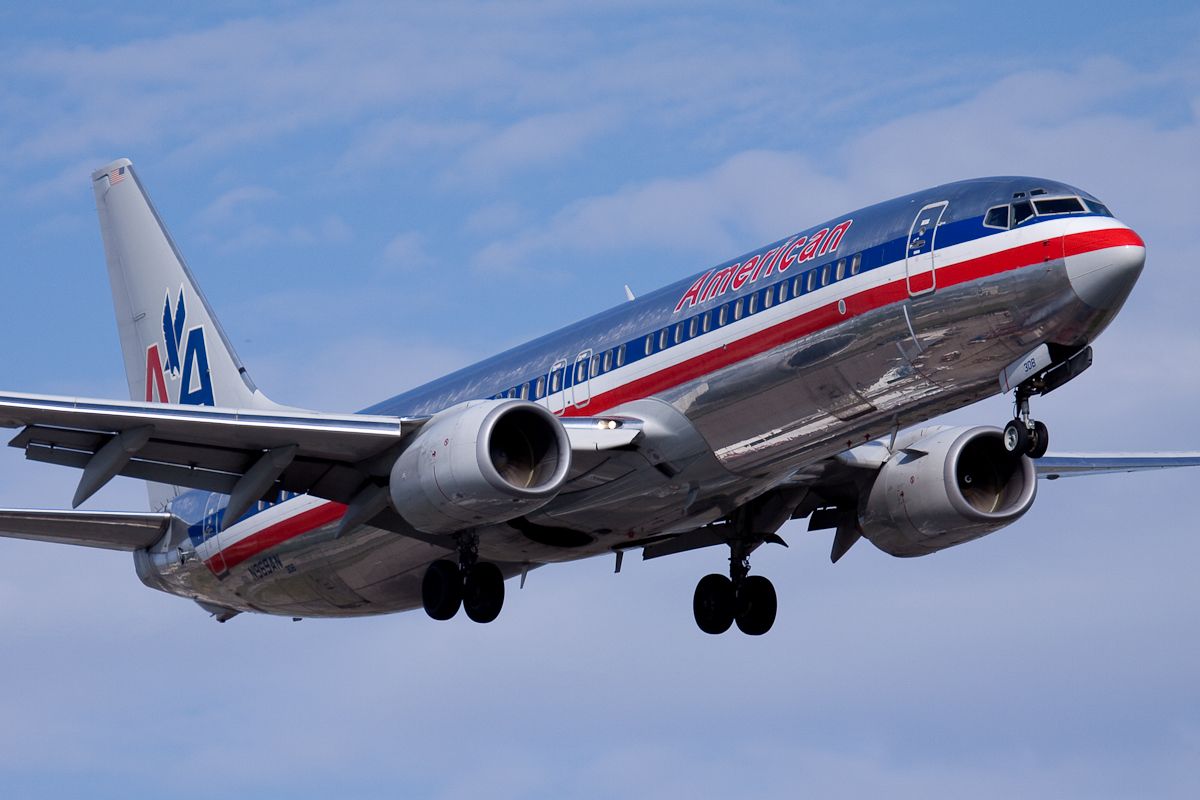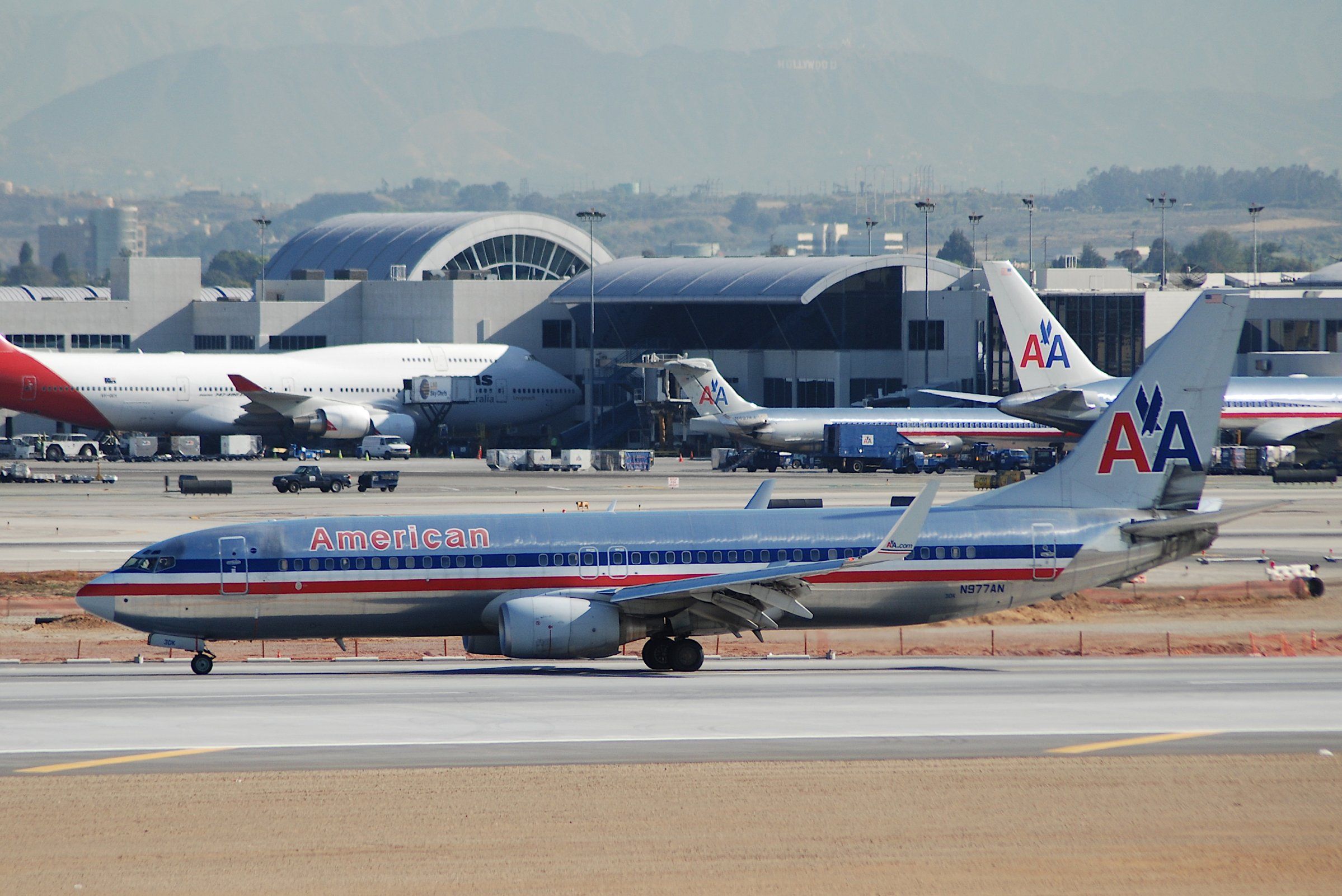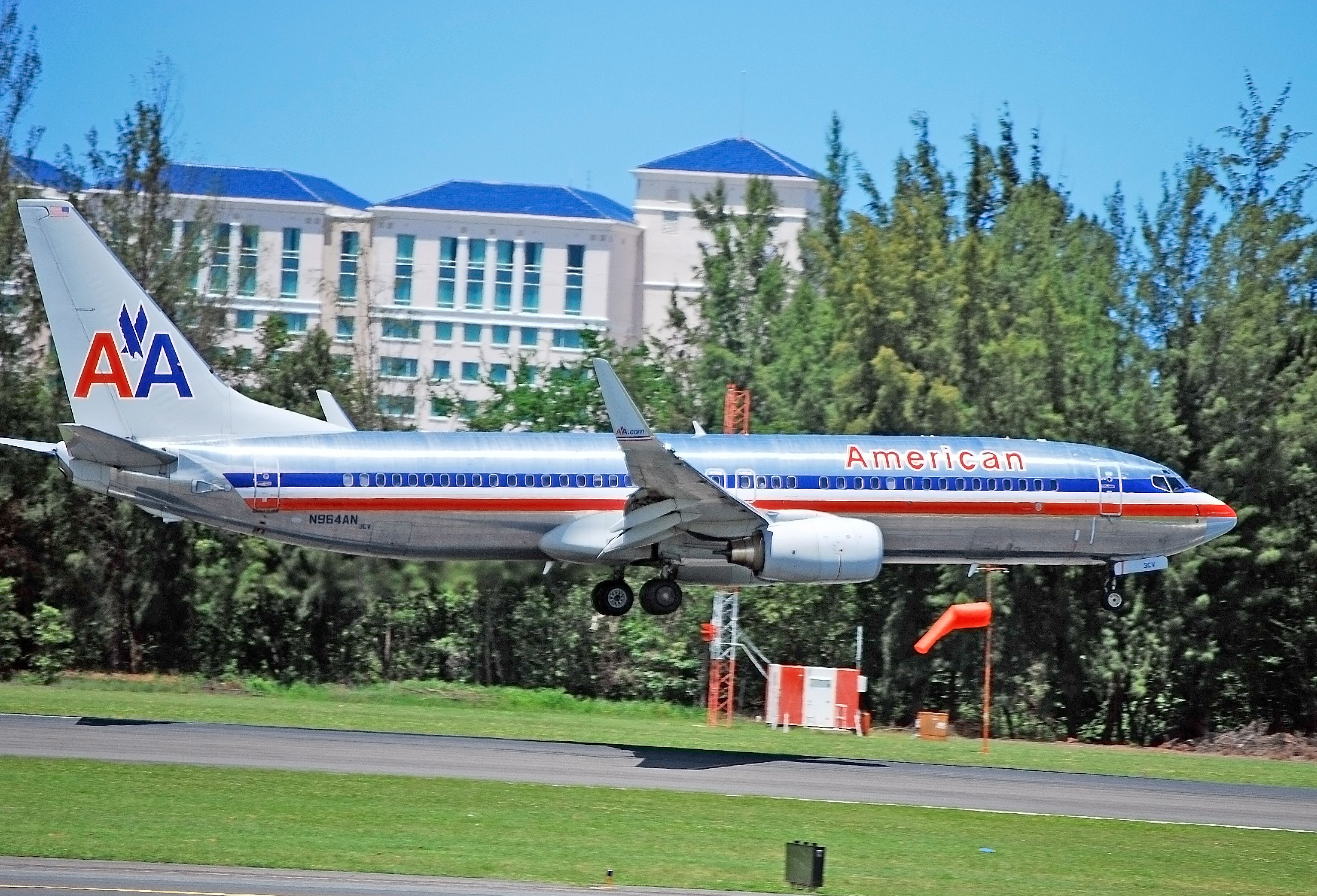On December 22nd, 2009, American Airlines Flight 331 overran the runway while landing in Kingston, Jamaica. While none of the 154 passengers and crew died, the aircraft was significantly damaged and would be written off. The accident occurred amid adverse weather conditions, including strong rain and a tailwind, with the aircraft landing above recommended speeds on a wet runway.
After crashing through the airport perimeter fence at the end of the runway, the Boeing 737-800, registered N977AN, broke up into three main parts. Everyone onboard the aircraft survived in what locals dubbed ‘The Miracle of Christmas,’ although scores sustained injuries. This is the story of American Airlines Flight 331 from Reagan National to Kingston on the night of December 22nd, 2009.
Flight AA331 background
American Airlines Flight 331 was a regularly scheduled passenger flight from Washington-Ronald Reagan National Airport (DCA) to Kingston-Norman Manley International Airport (KIN) with a stop at Miami International Airport (MIA) in Florida.
In charge of the flight was 49-year-old Captain Brian Cole, an experienced pilot who had previously flown Boeing 727s. When American Airlines retired its 727 fleet, Cole then switched to the Boeing 737. Captain Cole had 11,147 flying hours, of which 2,727 were aboard the Boeing 737 – the captain had landed at Kingston Airport before, including times when the weather was similar to the day of the runway overrun.
The first officer assisting the captain had been with the airline for 11 years and had previously served as a first officer aboard Boeing 727s. He started flying the Boeing 737 in 2002 and, at the time of the incident, had 6,120 flying hours, of which 5,027 were on the Boeing 737. Both pilots had flown together before, and the first officer said he was very comfortable flying with Captain Cole.
Landing miscalculation
The flight completed its first segment between DCA and MIA without incident before departing for the 1 hour 45 minutes leg to Kingston. Because of the harsh weather conditions in Kingston, both pilots agreed that it was better to land on Runway 12 with a tailwind rather than circle and land on Runway 30.
The pilots believed that Runway 12 was 8,000 feet long and that the tailwind was 15 knots or less, which led them to forgo calculations for landing on a wet runway. At 22:03 local time, the flight contacted the Approach Controller, saying they were descending from 19,000 feet to 15,000 feet. The controller responded by saying they needed to prepare for an Instrument Landing System (ILS) approach to Runway 12. At the time of the landing, it was lightly raining with five miles of visibility.

Related
Pilot Insight: How Perfect Airplane Landings Are Done
The approach and landing are among the most critical flight phases.
At 22:14, the flight was cleared for a straight-in approach to Runway 12, and the wind was at 15 knots. The pilots contacted Kingston Tower at 22:17 to report that they were at 2,800 feet and on final approach. The tower then advised them of the wind and confirmed that the pilots still wanted to land on Runway 12. The controller cleared the plane to land and advised the pilots that the runway was wet. At the height of 1,000 feet, the plane cleared the clouds and had the runway in sight. At 550 feet, the captain disconnected the autopilot and left the auto throttle engaged.
Late touching down
As the plane crossed the runway threshold, the captain disengaged the autothrottle and set the throttle to idle at 35 feet above the runway. A shallow rate of descent was maintained for about ten seconds before the plane touched down 4,800 feet past the threshold.
When it touched down, the 737 had a ground speed of 162 knots with a 14-knot tailwind. The first officer deployed the ground spoilers and engaged the reverse auto thrust. The captain concluded the auto-brake system was not working correctly and overrode it by applying maximum braking to the pedals.
Even with the first officer applying maximum braking, they could not stop the plane and exited the runway at a speed of 62 knots. The aircraft then crashed through a chainlink perimeter fence, split into three, and came to rest on the beach. The crew was able to get all passengers out safely, with allegedly no ambulances on the scene.
Following the accident, larger aircraft scheduled to land in Kingston were diverted to Montego Bay’s Sangster International Airport (MBJ) for two days because it had a longer runway.
Investigation findings
An official investigation into the cause of the accident was launched by the Jamaica Civil Aviation Authority (JCAA), aided by members of the American National Transportation Safety Board (NTSB). Over four years later, the JCAA released its final report, attributing it to several factors, including:
- The plane touched down over 4,000 ft from the runway threshold
- Pilots landing on a wet runway with a tailwind
- Insufficient weather information available to flight crew
The official Jamaica Civil Aviation Authority Aviation Accident Investigation Report stated the following:
“The investigation determined that the most probable cause of this accident was that the aircraft touched down 4,100 feet beyond the threshold, and could not be stopped on the remaining runway. The flight crew’s decision to land on a wet runway in a 14 knot tailwind, their reduced situational awareness and failure to conduct a go-around after the aircraft floated longer than usual contributed to the accident.”
Can you remember this accident when it happened? Let us know in the comments section.




